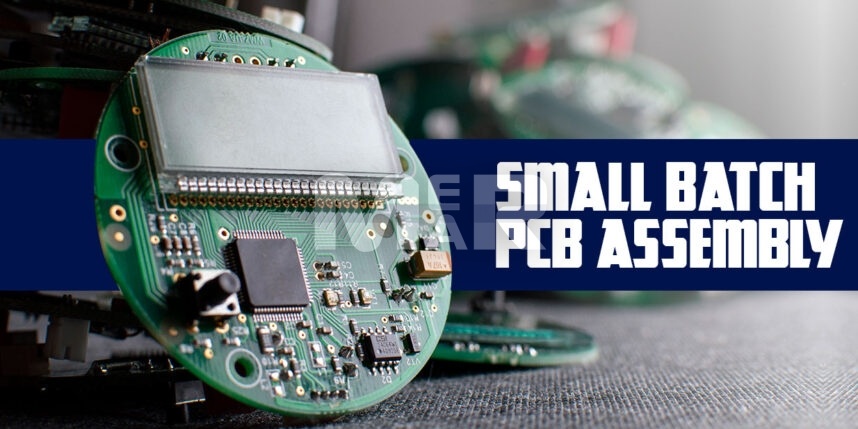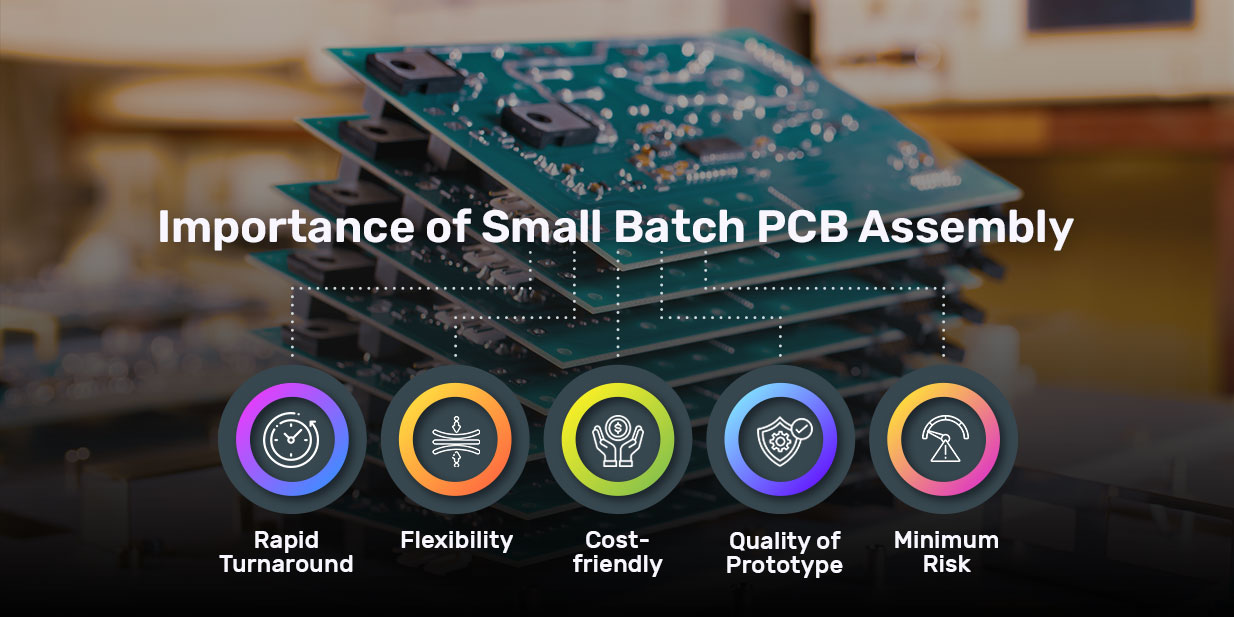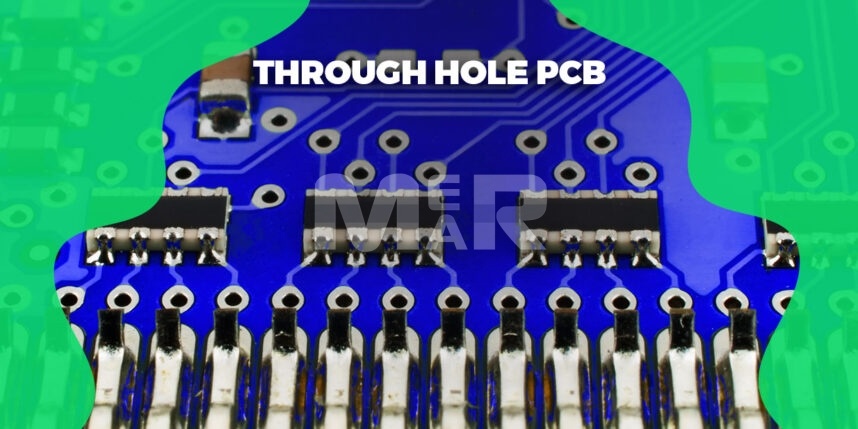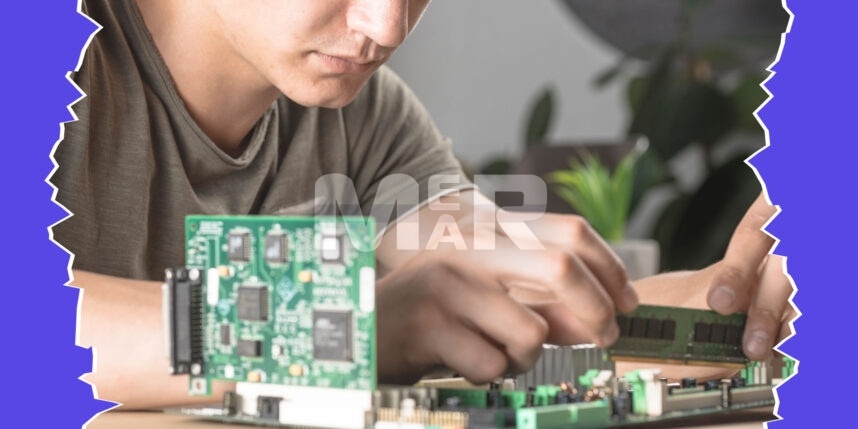Importance of Small Batch PCB Assembly in Prototyping and Design

In the electronics industry, you can’t stick to one design or model. With the changing market demand and development of innovations, you also have to upgrade few things in your industry. That means the PCB prototyping also needs modifications from time to time. And besides that, the need for electronic items is sky-high. In whichever sector you look at, that is immersed by the electronic appliance. So, to go with the demand, you need some process that makes the circuit at a faster rate. In solution to this problem, the small Batch PCB Assembly Prototyping and design is a great choice.
Every sector is immersed in electronic appliances. So, to go with the demand, you need some process that makes the circuit at a faster rate. In solution to this problem, the small batch pcb assembly prototyping and design is a great choice.
The main aim of small batches is to produce a higher number of prototypes in minimum time. Some projects need a prototype in bulk, and others need a few, so the number varies from project to project. Now, if your circuit plan needs a small number of the circuit in a short time, small-batch PCB assembly is a preferable option. This blog will discuss the a-z about small batch PCB assembly, which you must need to know.
What is a Small Batch PCB Assembly?
As it is in its name “small batch,” this assembly manufacturing process produces fewer circuit boards. In most cases, the number of borders it manufactures each cycle is approximately 250.
The main cause for using this process is, it’s simple to handle traits. But, not only one advantage, there are various reasons for its preference among manufacturers, which are discussed in the next passage.
Importance of Small Batch PCB Assembly
The benefits of small batch PCB assembly are following-

1. Rapid Turnaround
The time small run PCB assembly required for every cycle of production is faster than others. This feature is very important to beat your competitors. When the market demand is exponentially high, a rapid turnaround is necessary for quick delivery. If you are in mass production and need to know what the ultimate circuit looks like, small batches also help you check. When you know about the first batch product, you can change the error to improve in the next cycle. So, you can use a small scale PCB manufacturing as the evaluation tool in the case of bulk prototype production.
2. Flexibility
As new inventions are made every day, in this scenario, flexibility is an essential factor. The small-batch process is very flexible to make a change when required. If anything goes wrong after the circuit is designed, in low volume processes, you can change it afterward also.
Similarly, if any new characteristics need to be added in the future, you can put those on the circuits by this process. So, if you go with small batches for your PCB prototype production, there will be room for improvement with the modern changes.
3. Cost-friendly
In small batches, the cost they charge according to the number of the circuit they produce. But, if you are associated with a high volume for your small production, they will charge you more because their production methods fit with bulk volume. So, if your business requires a small volume of products, why do you need to go for a mass production process with a higher rate.
And, if any errors happen in the production procedure, the big batch replicates more in numbers of that faulty circuit than small batches. So, in simple terms, small batches are the better option if you have a low budget or want to save the cost. That’s how small batch PCB assembly production can save time and money!
YOU MAY ALSO LIKE: Proven Way to get Low-Cost PCB Assembly
4. Quality of Prototype
The good quality prototypes that small-batches are produced is another great feature of printed circuit board assembly process. Actually, the quality of the prototype depends on the client’s view. The same prototype may seem good for one client but poor for another. But, small-batch products are flexible, and those can change after manufacturing. You can alter the circuit according to the client’s review.
At any time, you can change to superior quality by introducing the technology to your target audience. This helps to gain the trust and reliability of the customers.
YOU MAY ALSO LIKE: PCB Quality Control
5. Minimum Risk
Again, as it is changeable, the risk of failure of the design is minimum. In small batches, the entire circuit can evaluate, so no chance of disappointment from the customers. And, you only have to analyze some 250 circuits, rather than thousands as in large batches if any mistakes happen.
From the cost perspective also, as it produces a very small number of prototypes, it doesn’t affect much if any negligence happens during production.
Conclusion:
Because of its numerous benefits, the uses of small batches, assembly prototyping, and design are growing rapidly. It attracts more start-up companies because of its low-cost, high-value product.
For testing purposes also this process is a good option to gain an idea of the circuit without investing large money. So, if you are thinking of Small Batches Assembly in prototyping and design, our recommendation is definitely to try it at least once.
At Mer-Mar Electronics, as a small batch PCB manufacturer, we offer you the facility of low volume PCB Assembly, that meets your bespoke requirements. Our advanced PCB manufacturing facilities in California, USA; are fully equipped to provide you high quality and low cost printed circuit boards. In addition, we also offer turn-key PCB assembly services with quick turnaround times.








